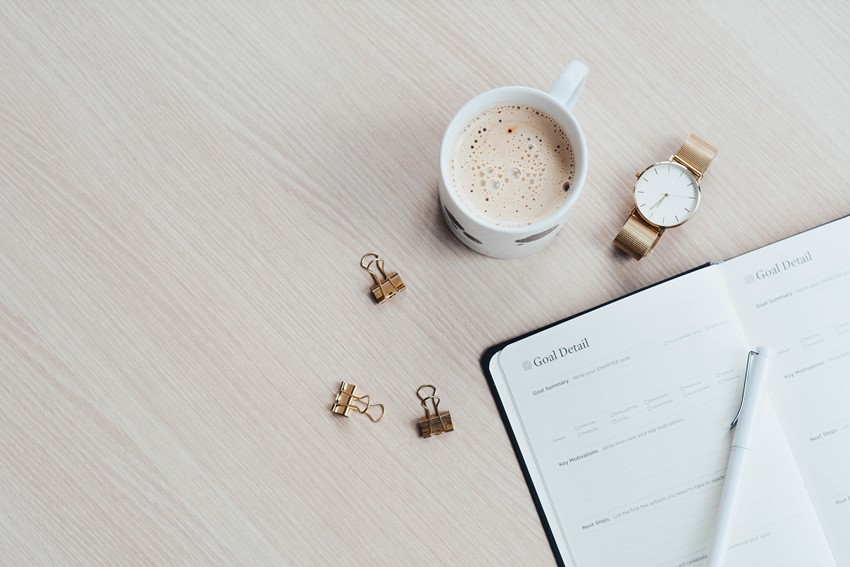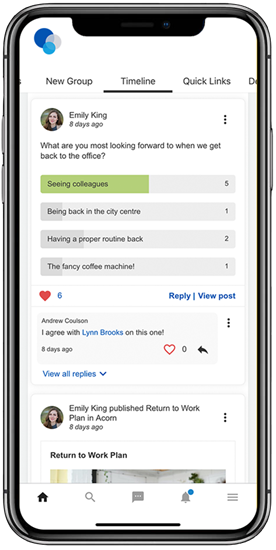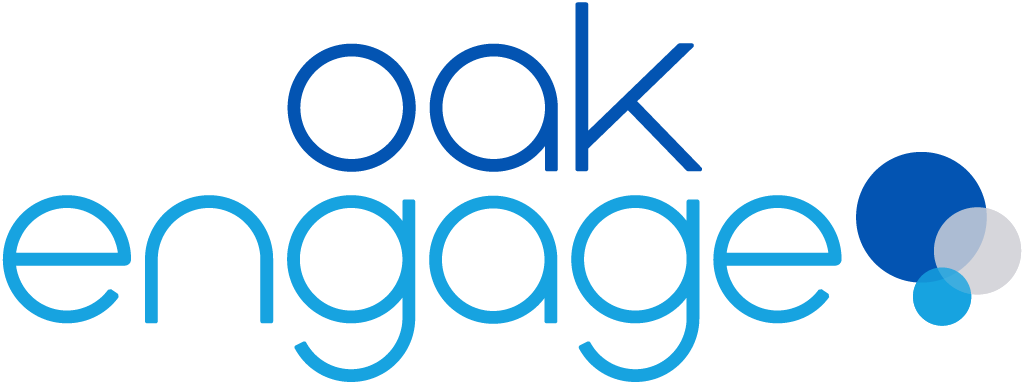Returning to Work With Anxiety Post Covid-19 Lockdown? You’re Not Alone
After being out of the workplace for over a year, it probably comes as no surprise that many employees around the country are facing anxiety about going back to work. A recent survey found that 67% of workers are experiencing returning to work anxiety and that over two-thirds of Brits think that businesses should give employees the choice to work from home or in an office.
There are many reasons why workers have anxiety about going back to work; they might be worried about getting used to a new way of working, there could be a sense of loss of work identity and fear of socialising with others again. It’s important to always remember that if you are experiencing anxiety about going back to work, you’re not alone and your feelings are completely valid.
After over a year of complete uncertainty, our mental health has taken a hit with 41% of Brits admitting that they have suffered from mental health problems more this lockdown than last spring.
Are you feeling attached to your home?
If there’s one place in the world where we feel most safe, it’s our home and for many, the thought of leaving the place we’ve been confined to over the past year could be incredibly stress-inducing. When the national lockdown first began, we were told to ‘Stay At Home’ for our safety and as home has become a place of protection from Covid-19, it could trigger feelings of separation anxiety when we leave.
We might experience separation anxiety from our homes if we feel that the separation could result in harm i.e catching the virus. If you’re suffering from anxiety about going back to work, remember that this is completely normal.
How might we experience separation anxiety from our homes?
If you’re dealing with back to work anxiety, you’re probably experiencing separation anxiety too. Having an attachment to your home is called ‘Place Attachment’ and is defined as the bond we create with specific places that provide a feeling of security and safe haven. Separation anxiety can present itself in many different ways;
- Excessive distress about anticipating or being away from home or loved ones
- A constant worry that something bad will happen when being away from home
- Physical symptoms such as headaches or stomaches when being separated from home or a loved one
How managers and employees could minimise potential separation anxiety?
How we work has changed dramatically over the past year, which is why managers need to accept that things won’t automatically switch back to the way it was before the coronavirus pandemic.
To help ease back to work anxiety managers could:
Hold return to work meetings with each employee

Returning to work after any amount of time off can feel daunting and it’s very common for workplaces to hold a return to work meeting with an employee after having time off for sickness. This should still be the case for employees returning to work after the pandemic.
Arrange 1-1 meetings with all employees and in this meeting, cover changes to the workplace post-pandemic, any regulations employees will need to follow and ask questions to employees to find out if they’re suffering from anxiety about going back to work.
This meeting also gives employees a chance to ask questions and get anything off their chest that may be worrying them about the return.
Consider flexible working
A flexible working pattern will enable employees to work at a time that suits them best and around their schedule. Although flexible working can improve employee retention and productivity, studies show that it also can have a positive impact on employee mental health, with 69% of employees saying that flexible working helped them maintain a better work/life balance.
Provide an information pack
To ease anxiety about going back to work for your employees, put together an information pack with useful information such as documents and videos about the return. In this pack include information as to what your new working environment will look like, precautions or measures you have put in place to protect the safety of your employees and advice on how employees can prepare for the transition.
Tips for dealing with back to work anxiety post-Covid-19 lockdown
Set yourself up for success

No matter how much time you’ve had off, the first day back is always the hardest and the busiest. If you’re worried about managing your schedule when you return to work, try and take 10-15 minutes out of your day to organise your tasks and prioritise your workload.
Putting a schedule together for your first week back will help you organise your workload and from there figure out the tasks of high importance that will need to be completed first, ultimately reducing anxiety about going back to work.
Plan ahead
Putting together a schedule that you feel most comfortable with before returning to work. In the schedule, you could add activities to do before and after work that you enjoy, giving you a positive energy boost to help get you through your day.
Meditation is a great activity to practice if you're suffering from stress and anxiety; meditation helps clear an information overload that can build up throughout the day and contribute to your stress.
Talk to your manager and co-workers
Speaking up about anxiety about going back to work with managers or co-workers might feel terrifying, but making others aware of how you’re feeling can help combat the issue. Unfortunately, mental health in the workplace has been considered a ‘taboo’ topic. A study by The Institution of Occupational Safety and Health found that only 1 in 10 employees would feel comfortable talking to their boss about mental health issues.
Although talking about anxiety about going to work with your manager might feel uncomfortable, opening up about the issue can be a huge relief and can make you feel like you’re not dealing with the problem on your own. Speaking to your manager will also open up opportunities for them to offer extra support to help you cope with the transition.
Switch off and relax
Once the day is done it’s incredibly important to switch your brain off from working mode and take time to relax and wind down. If you struggle from switching off from work, you’re not alone. Almost a third of workers find it difficult to switch off from work during their personal time, putting them at risk of stress-related issues.
But switching off from work mode is essential to keeping our mental health and well-being in check. To properly switch off make sure you turn off work emails or notifications after you leave for the day to avoid carrying on work during your personal time.
You should also plan an activity you enjoy doing so you have something to look forward to after work; whether this is watching a film, going for a walk with a friend or listening to your favourite podcast. Completing a fun activity will take your mind away from work and help you focus on something else.
Still working from home? Learn ways to connect with people and your colleagues virtually
If you’re still working from home, don’t forget to stay connected to your colleagues. Although remote working comes with its perks, the lack of human interaction can leave employees feeling isolated. Make sure your workforce has access to digital collaboration tools where they can chat with colleagues and connect virtually.

An intranet is a perfect way to encourage social interaction between employees and enhance collaboration. Oak Engage has various functionalities that allow remote employees to stay connected such as instant messaging, collaboration hubs and a main timeline feed where employees can share all kinds of content including images and videos.
We’ve had over 20 years of experience perfecting our intranet solution and we know what works best for businesses like yours. If you’re struggling with employee engagement or want to find out how to create a better working environment for your employees, get in touch today.
Want to see more?
Get a demo with one of our digital workplace experts and see how Oak could work for you.


